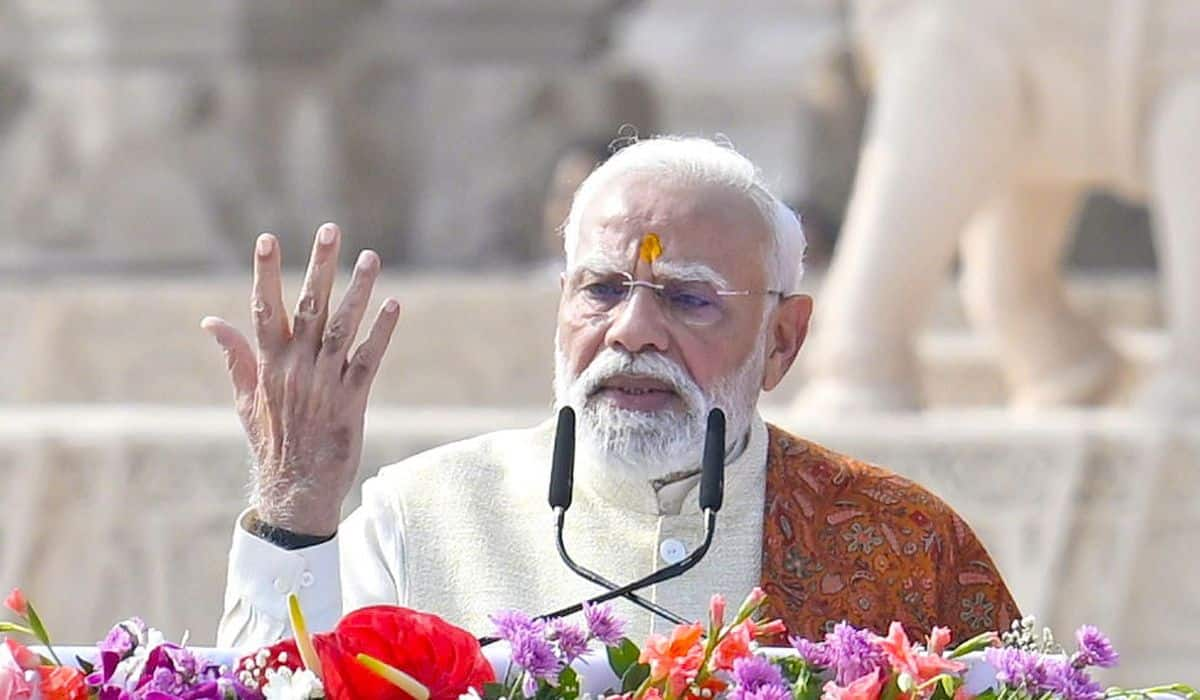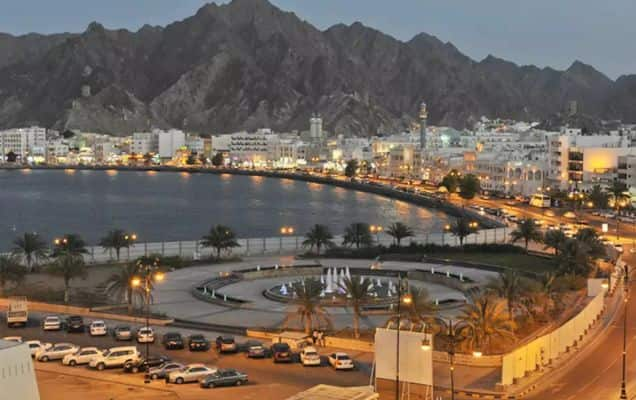Prime Minister Shri Narendra Modi had a telephone conversation today with the Prime Minister of Bhutan, Lyonchhen Dr. Lotay Tshering.
The Bhutan Prime Minister expressed solidarity with the Government and the people of India in their efforts against the recent wave of COVID-19 pandemic. Prime Minister conveyed his sincere thanks to the people and Government of Bhutan for their good wishes and support.
He also appreciated the leadership of His Majesty the King in managing Bhutan's fight against the pandemic, and extended his best wishes to Lyonchhen for the continuing efforts.
The leaders noted that the present crisis situation has served to further highlight the special friendship between India and Bhutan, anchored in mutual understanding and respect, shared cultural heritage, and strong people to people links.













